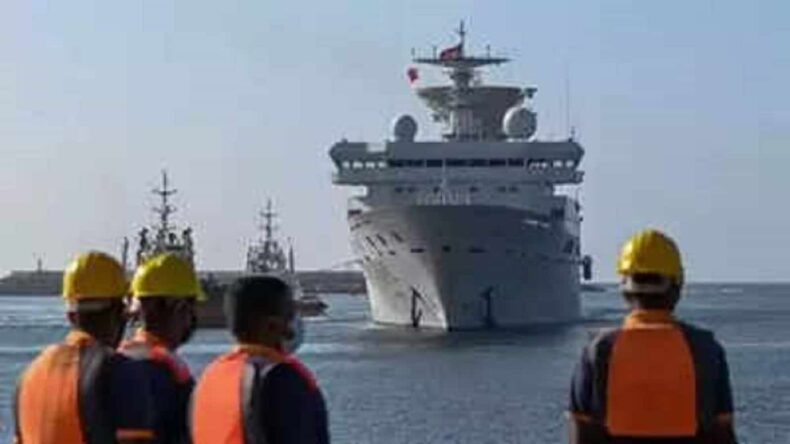After a Japanese ship was torpedoed off the coast of the Philippines in 1942, it was carrying Allied prisoners of war and caused Australia’s biggest maritime warfare loss, with a total of 1,080 people lost. A team of explorers just declared they have discovered the sunken Japanese ship.
Disappearance Of Warship
Following the surrender of Rabaul in Papua New Guinea, the Montevideo Maru was carrying both prisoners and civilians. The ship was undeclared as transporting prisoners of war, and on July 1, 1942, the American submarine Sturgeon, which had been pursuing it during the night, launched four torpedoes that found their mark and sank the ship in less than ten minutes.

The ship sank while transporting more than 1,000 detainees from around 16 different countries, the majority of them were Australian service men. The ship had no marks indicating that it was carrying prisoners of war. The number of Australians who have died at sea is at its highest.
Discovery
“Australia’s solemn national promise to always remember and honor those who served our country speaks for the enduring truth of the extraordinary effort behind this discovery,” he added.
The nonprofit research organization Silentworld Foundation, which oversaw the search with assistance from the Australian government, acknowledges on its website that there is no DNA record for the victims. However, John Mullen, the group’s head, expressed optimism in a statement that the finding would “bring closure to the many families devastated by this terrible disaster.”
After a 12-day search that started on April 6 in the South China Sea, 110 kilometers (68 miles) northwest of the Philippine island of Luzon, the wreck was discovered.
After that, it took a number of days for the wreck to be confirmed using professional investigation by marine archaeologists, conservators, and other experts, including former navy commanders.
Structure Of the Ship
Drawings of the ship’s characteristics were compared to scans of the wreck, which included the hold, foremast, and bow.

An autonomous underwater vehicle (AUV) was used to undertake the search in the South China Sea. Twelve days later, the crew used sonar to find a confirmed encounter.
More than 4 kilometers (2.5 miles) below the surface of the water, the shipwreck was discovered, deeper than the Titanic.
No artifacts or human bones will be taken from the seabed, according to the foundation, out of respect for the families of those who died.
Anthony Albanese, the prime minister of Australia, stated in a statement on Saturday that “at long last, the resting place of the lost souls of the Montevideo Maru has been found.”
Australian Prime Minister Anthony Albanese remarked, “The extraordinary effort behind this discovery speaks for the enduring truth of Australia’s solemn national promise to always remember and honor those who served our country.”
The Silent World Foundation
The Silentworld Foundation, a non-profit organization devoted to marine archaeology and history with offices in Sydney, said in a statement on Saturday that no attempts will be made to retrieve human remains and artifacts out of respect for the relatives of those who perished.
Before learning of the awful conclusion of the sinking, “families waited for years for news of their missing loved ones,” Mullen added.
“Some never fully accepted the fact that their loved ones were victims,” says the author.
The mission that discovered the ship included Australian Andrea Williams, whose grandfather and great-uncle were civilian internees who died on board.
According to her, it was a “extraordinarily momentous day” for Australians involved in the catastrophe.
Affected Nations
Britain, Denmark, Estonia, Finland, Ireland, the Netherlands, New Zealand, the Solomon Islands, Sweden, and the United States were among the other nations impacted by the disaster, it was reported.













